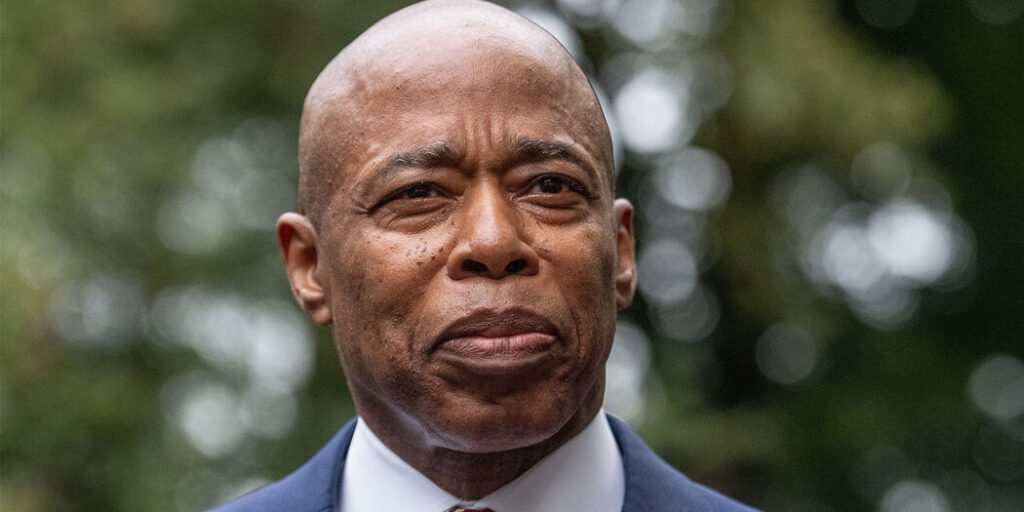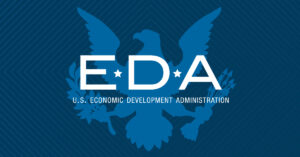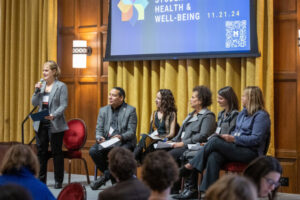New York City’s Public Financing Program: A Significant Impact on Political Campaigns
The New York City public financing program, instituted by a voter referendum in 1988, aims to minimize the influence of private wealth in city elections. This initiative offers a multiple match of public funds for small donations from city residents to candidates who choose to participate. Prominent figures, including City Council members and New York State Attorney General Letitia James, have commended the system for enabling reliance on grassroots support rather than major donors seeking influence.
The program’s success in fostering accountable governance led to recommendations from a New York State anticorruption commission in 2013 for a similar statewide adoption. The commission’s report highlighted that New York City’s officials have become more accountable to voters due to this initiative. Over its 35-year history, the program has played a crucial role in electing a diverse and representative City Council, particularly noted in the 2021 elections. It has made small contributions from average citizens the principal source of fundraising, enhancing public trust, as evidenced by the 80% voter support in 2018 to increase the matching rate to $8-to-$1.
Mayor Eric Adams and the Allegations Involving Public Funds
Recent scrutiny has emerged with the indictment of NYC Mayor Eric Adams, who faces charges related to alleged corrupt interactions with Turkish officials and illicit campaign financing methods. The Justice Department accuses Adams of using straw donors to illicitly secure public matching funds through the city’s program. While the alleged fraud’s total involves $26,000 from straw donors, with $6,000 refunded before public claims, the scheme reportedly generated about $24,000 in public matching funds, a small fraction of the total $10 million pool.
Understanding Straw Donor Schemes
Straw donor schemes, illegal practices where contributions are funneled through intermediaries to bypass legal limits, are not exclusive to public financing programs. Such schemes have been uncovered nationwide, often involving significant federal campaign finance charges. Prominent examples include:
- In 2019, executives from Navatek used straw donors to direct $52,000 to Sen. Susan Collins’s campaign and $150,000 to a super PAC.
- Lev Parnas funneled over $350,000 in 2018 for a Russian national’s interests.
- In 2012, Dinesh D’Souza concealed $20,000 in donations through straw donors.
- Jeffrey E. Thompson directed over $3 million illegally between 2006 and 2012.
These cases demonstrate that while straw donor violations are common, they often do not involve public financing systems, which have rigorous fraud prevention measures.
Enhancements to the Public Financing System
To fortify the system against potential abuses, stringent oversight and rule updates are crucial. The New York City Campaign Finance Board has shown diligence but can refine its processes. Following the Adams case, the board is evaluating internal procedures to better detect and respond to violations and noncompliance. The board’s recent draft audit revealed significant gaps in Adams’s 2021 campaign finances, suggesting areas for improvement.
Proposed rule changes include mandatory withholding of payments under certain conditions, such as nonresponse to information requests and failure to file reports. Additionally, clearer communication with potential straw donors about legal obligations and penalties is necessary. Moreover, the board aims to accelerate its audit process to ensure timely reviews and uphold integrity in campaign financing.
For more information on public financing reforms and other related topics, visit the Brennan Center’s Explainers collection.





